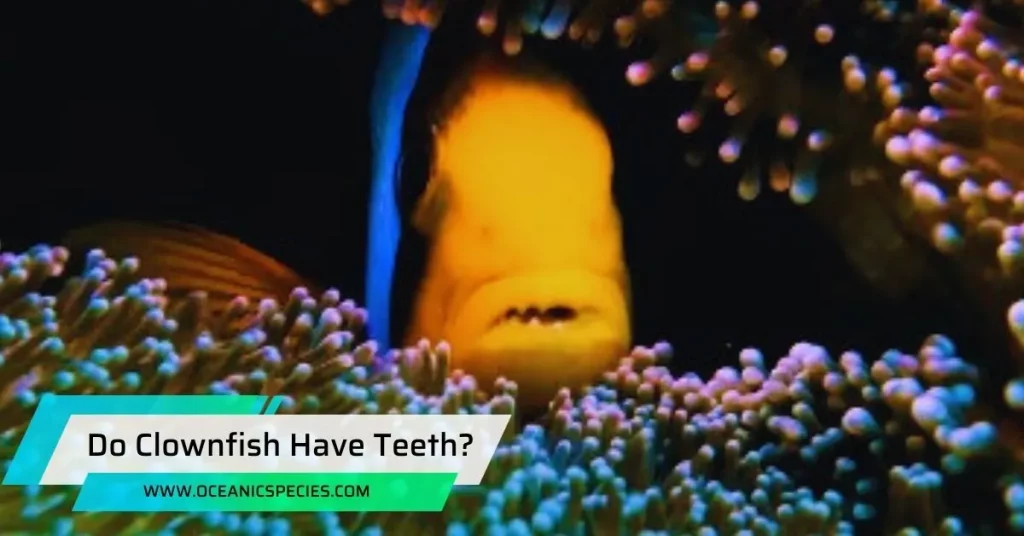Stingrays do not have legs. They have appendages called claspers that allow males to mate with females.
Stingrays do not possess legs. Instead, they have claspers, which are used by males to mate with females. These claspers are often mistaken for legs due to their appearance, but they are not used for locomotion. Rather, they serve a specific reproductive function in the mating process.
While stingrays may have a unique and intriguing body structure, their lack of legs is a characteristic that distinguishes them from other marine animals. It is important to accurately understand and communicate the anatomy of stingrays to dispel any misconceptions or misunderstandings about their physical traits.
The Anatomy Of Stingrays

Crab, the batfish, and the electric ray. These fish may have similar body shapes or features, but they are not true stingrays.
Description Of A Stingray’S Body Structure
Stingrays, often mistaken for having legs, possess a unique body structure that sets them apart from other marine creatures. These fascinating creatures are characterized by their flattened bodies and diamond-shaped heads. Here’s a breakdown of their anatomy:
- Smooth and scaleless skin: Stingrays have smooth skin that is devoid of scales. This helps them effortlessly glide through the water.
- Flat, disc-shaped body: The body of a stingray is flattened, resembling a circular disc. This shape allows them to bury themselves in sandy or muddy ocean floors, camouflaging themselves from predators.
- Pectoral fins: A notable feature of stingrays is their broad pectoral fins, which extend from either side of their bodies. These fins play a crucial role in propelling them through the water.
- Tails with venomous stingers: At the rear end of a stingray’s body, there is a long, whip-like tail with a sharp barb. This barb is equipped with venom and can be used for defense when threatened.
Explanation Of The Various Body Parts
Stingrays possess several distinct body parts that contribute to their unique structure and functionality:
- Mouth and jaws: Located on the underside of their body, stingrays have a wide mouth with strong jaws for feeding. They feed on mollusks, crustaceans, and small fish.
- Gills: Like other fish, stingrays breathe through gills. These gills extract oxygen from the water, allowing them to survive underwater.
- Spiracles: Situated on top of their bodies, near their eyes, stingrays have small openings called spiracles. These spiracles aid in the process of respiration, allowing water to flow directly to their gills even when they are buried in the sand.
- Eyes: Stingrays have two small eyes positioned on the topside of their bodies. These eyes provide them with a limited but sufficient field of vision.
Overview Of Stingray Fins And Their Function
Stingrays possess several types of fins, each serving a specific purpose:
- Pectoral fins: The large pectoral fins are the most distinctive feature of stingrays. These fins allow them to gracefully swim through the water and provide maneuverability.
- Dorsal fin: Located on the top of a stingray’s body, the dorsal fin helps stabilize their movement while swimming.
- Caudal fin: The caudal fin, also known as the tail fin, assists in steering and propelling the stingray through the water.
- Ventral fins: Positioned on the underside of their bodies, these smaller fins aid in stabilizing and controlling movements while swimming.
Introduction To The Concept Of Stingray “Legs”
Although it may seem like stingrays have legs due to their unique body structure, they do not possess actual legs. The appendages that are often mistaken for legs are called claspers. Claspers are present in male stingrays and play a vital role in mating.
They are modified pelvic fins that allow males to transfer sperm to females during reproduction.
Stingrays continue to fascinate researchers and marine enthusiasts alike with their remarkable adaptations and anatomy. Understanding their body structure and the function of their various body parts is key to appreciating these incredible creatures.
Demystifying Stingray “Legs”

Stingrays may appear to have legs, but those are actually called claspers, which are used by male stingrays to mate with females. These appendages can be easily mistaken for legs, but they serve a different purpose in the reproductive process.
Stingrays are fascinating creatures with unique features that often spark curiosity. One intriguing aspect of stingrays is their “legs,” or what appear to be legs at first glance. However, these so-called legs are not legs in the typical sense. They are actually specialized appendages called claspers, which serve a specific purpose in the life of a stingray.
Definition Of Stingray “Legs” And Their Purpose:
Claspers are elongated and finger-like appendages found in male stingrays. They are located on the underside of the body, near the tail region. The purpose of claspers is to facilitate the mating process by allowing males to transfer sperm to females during reproduction.
Exploration Of The Unique Appendages Called Claspers:
Claspers are unique to male stingrays and are absent in females. They are flexible and possess a grooved structure. Claspers allow the male stingray to grasp onto the female’s body during mating.
Examination Of The Role Of Claspers In Stingray Reproduction:
Claspers play a vital role in stingray reproduction by ensuring successful fertilization. During mating, the male stingray inserts its claspers into the female’s reproductive opening, known as the cloaca. The sperm is then transferred through the grooves in the claspers and into the female for fertilization.
Explanation Of How Claspers Differ From Legs In Other Animals:
Unlike legs in other animals, such as mammals or reptiles, claspers are not used for propulsion or movement. Claspers are solely dedicated to the reproductive function in male stingrays. While the appearance of claspers may resemble legs, they do not serve the same purpose as legs in other animals.
Frequently Asked Questions
Do Stingrays Enjoy Being Touched?
Stingrays may enjoy being touched and often seek back rubs from visitors without negative effects.
What Animal Looks Like A Stingray But Isn’t?
Some fish that resemble a stingray are the fiddler ray, spiny butterfly ray, cownose ray, and spreadfin skate.
What Does Touching A Stingray Feel Like?
When you touch a stingray, it feels smooth and slippery to the touch.
Can Stingrays Walk On Land?
No, stingrays cannot walk on land. They are marine animals adapted for swimming in water.
Conclusion
Stingrays are fascinating creatures that often leave us wondering about their unique anatomy. One question that frequently arises is whether stingrays have legs. While it may seem like they do, the truth is that those appendages are actually called claspers.
These structures allow male stingrays to mate with females. So, while they may resemble legs, they serve a completely different purpose. Additionally, researchers have observed that stingrays have a surprising affinity for human touch. In fact, they often seek out back rubs from visitors to their exhibits.
This behavior suggests that they might actually enjoy being touched, and it provides evidence that they derive positive experiences from the interaction. Furthermore, it’s interesting to note that there are various other fish species that closely resemble stingrays. Some examples include the fiddler ray, cownose ray, and bluespotted ribbontail ray.
While stingrays may look like they have legs, these are actually claspers used for reproduction. They also seem to enjoy being touched, which adds to their appeal and intrigue.





